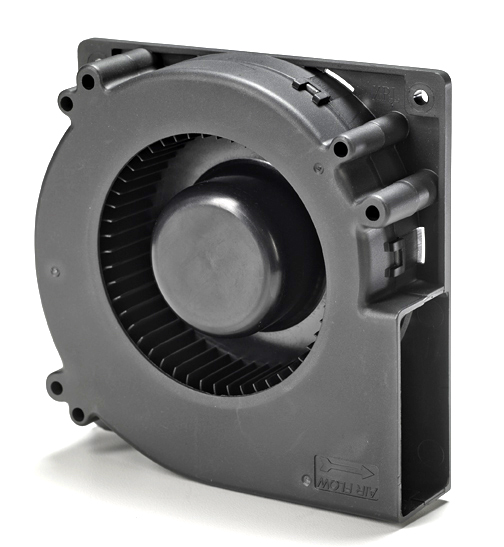 Adding intelligent motion controls (IMC) to your fan or blower design can maximize your system’s performance. There are several types of IMC solutions available to add functionality to your fans and blowers. Four of the solutions include a rotation detector, life detection, DC voltage signal control, and current source signal control. In this post, we will discuss each of these solutions.
Adding intelligent motion controls (IMC) to your fan or blower design can maximize your system’s performance. There are several types of IMC solutions available to add functionality to your fans and blowers. Four of the solutions include a rotation detector, life detection, DC voltage signal control, and current source signal control. In this post, we will discuss each of these solutions.
Solutions
Rotation Detector (Complement)
The rotation detector (complement) (RDb) control is an open collector with hardware similar to the frequency generator (tachometer) (FG) control #2a. The output signal is HIGH when the fan is rotating, but when the fan is stopped or powered OFF the output signal is set to LOW. The output can be connected in parallel to the RDb of a series of fans that end at a single alarm device, which provide a warning if any single fan has stopped working. The RDb control is an external violet wire.
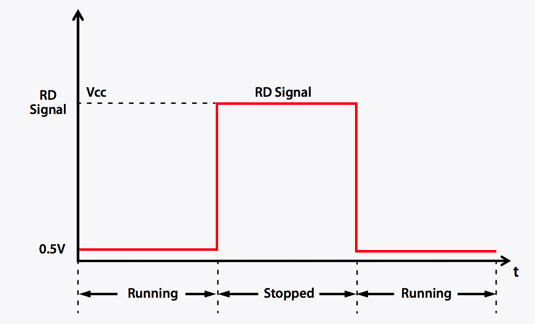
Life Detection
Similar to the RDb, the life detection (LD) control is also an open collector with the same hardware as the FG control #2a. The output signal is HIGH under the fan’s normal rotation, and it is set to LOW when the fan’s rotation speed is below 70% of the device’s rated target speed. Slow rotation may be a sign of aging or wear of the fan or blower, or it could mean there is reduced power supply voltage. The LD control is a brown external wire.
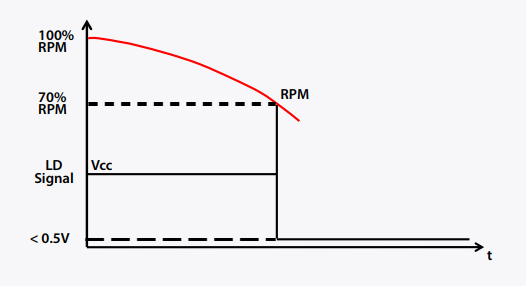
DC Voltage Signal Control
The DC voltage signal (VPWM) control adjusts speed by applying an external DC voltage signal. The voltage input “Vin” can have a value ranging from 1V to 20V, with standard values of 1V to 5V. The fan speed varies linearly, is proportional to the percentage change of the “Vin” value, and corresponds to the same percentage change of the maximum speed. The constant speed (CS), inrush current protection (IR), and current limit (CL) controls are included.
The part number is followed by an additional identification entry, such as V 1 5 20 100 C 500. That number indicates that the fan speed is 1000 RPM (20%) at 1V and 5000 RPM (100%) at 5V. Additionally, the fan maintains the minimum speed if Vin is less than 1V and it stops if Vin is less than 0.5V (Mode “C” operation). The maximum fan speed is 5000 RPM, with a stop point typically set at 20% of the maximum. The VPWM control is an external white wire.
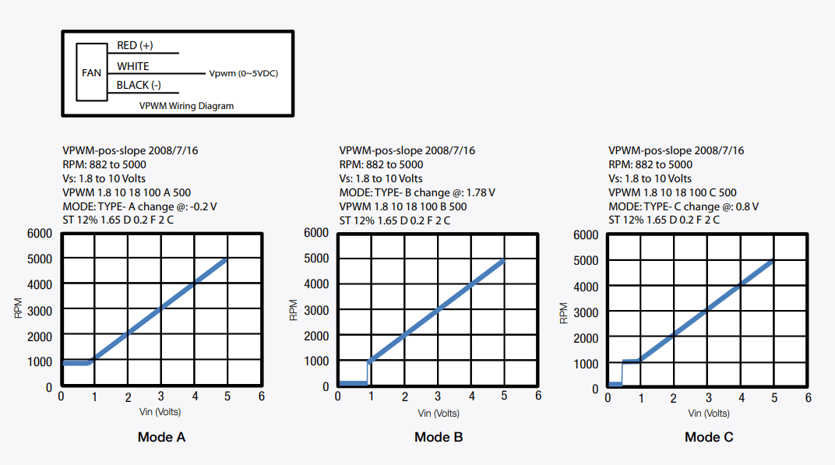
Current Source Signal Control
The current source signal (IPWM) control adjusts speed through the application of an external current source signal. The current input “Iin” may have values ranging from 4mA to 50mA, with standard values of 4mA to 20mA. The fan speed varies linearly, is proportional to the percentage change of the Iin value, and corresponds to the same percentage change of the maximum speed. The constant speed (CS), inrush current protection (IR), and current limit (CL) controls are included.
The part number is again followed by an additional identification entry, such as I 4 20 20 100 A 500. That number indicates the fan speed will be 1000 RPM (20%) at 4mA and 5000 RPM (100%) at 20mA. The fan maintains the minimum speed if Iin is less than 4mA (Mode “A” operation). The maximum fan speed is 5000 RPM, and the IPWM control is an external white wire.
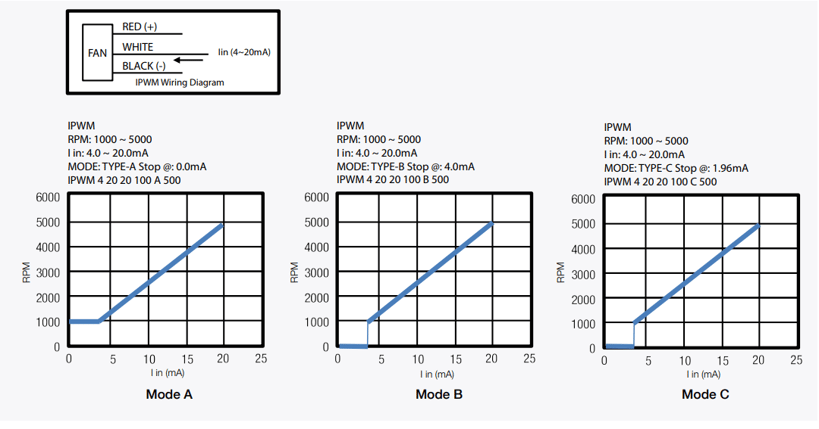
Discover the IMC Solution That’s Best for You
Pelonis Technologies will help you find the perfect IMC solution to your fan or blower designs. We offer rotation detector, life detection, DC voltage signal control, and current source signal control. Learn more about our products and services on our website, where you can also contact us or request a quote.
Related Products
-
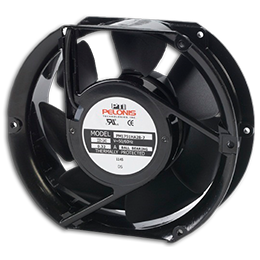
AC Fans 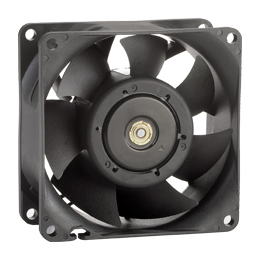
DC Fans 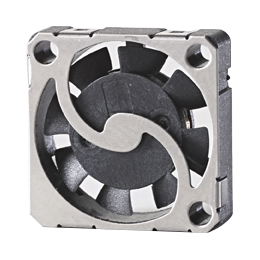
Micro Fans -
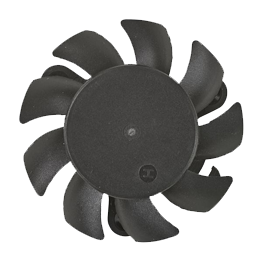
Frameless Fans 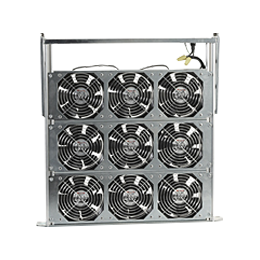
Fan Trays 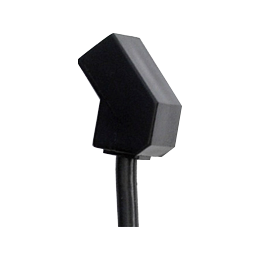
Power Cords -
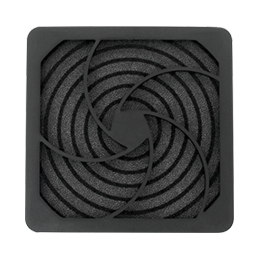
Fan Guards & Filter Kits






